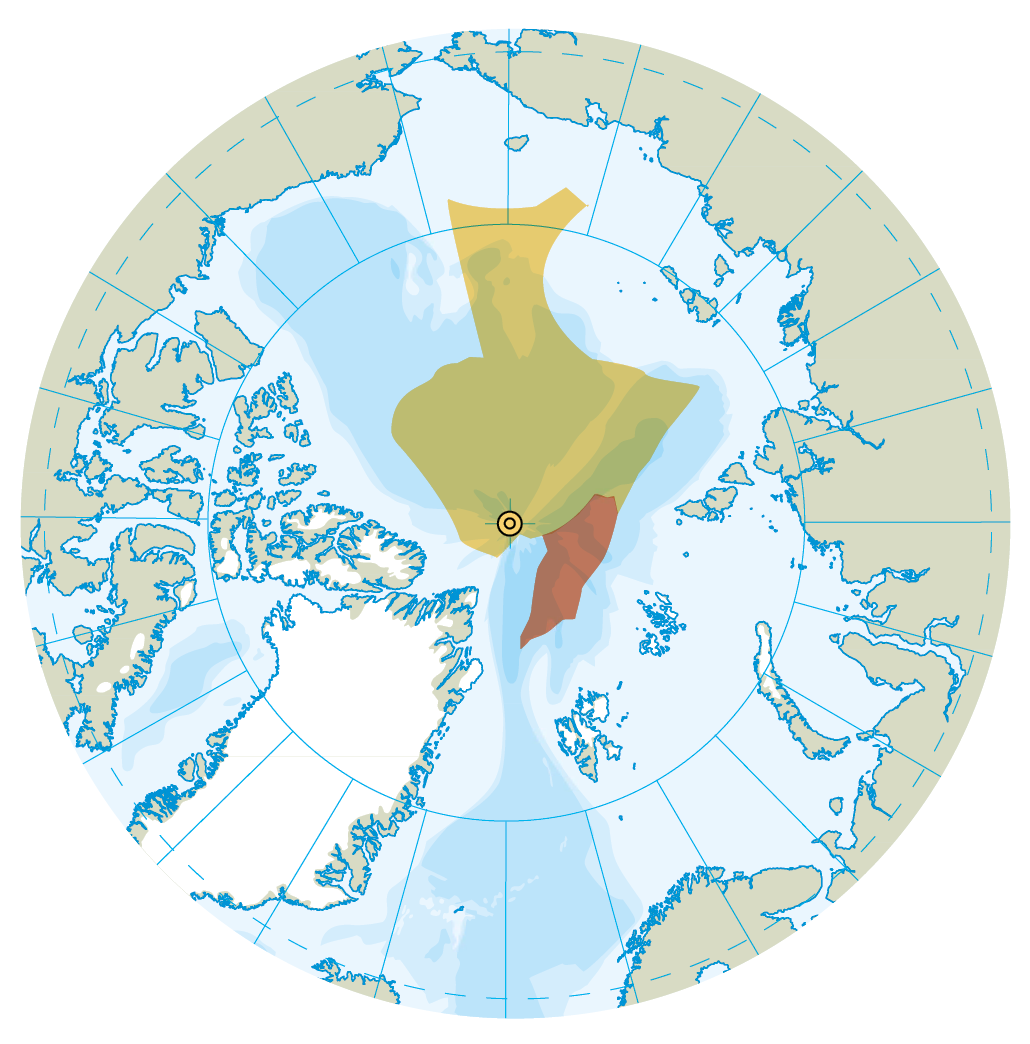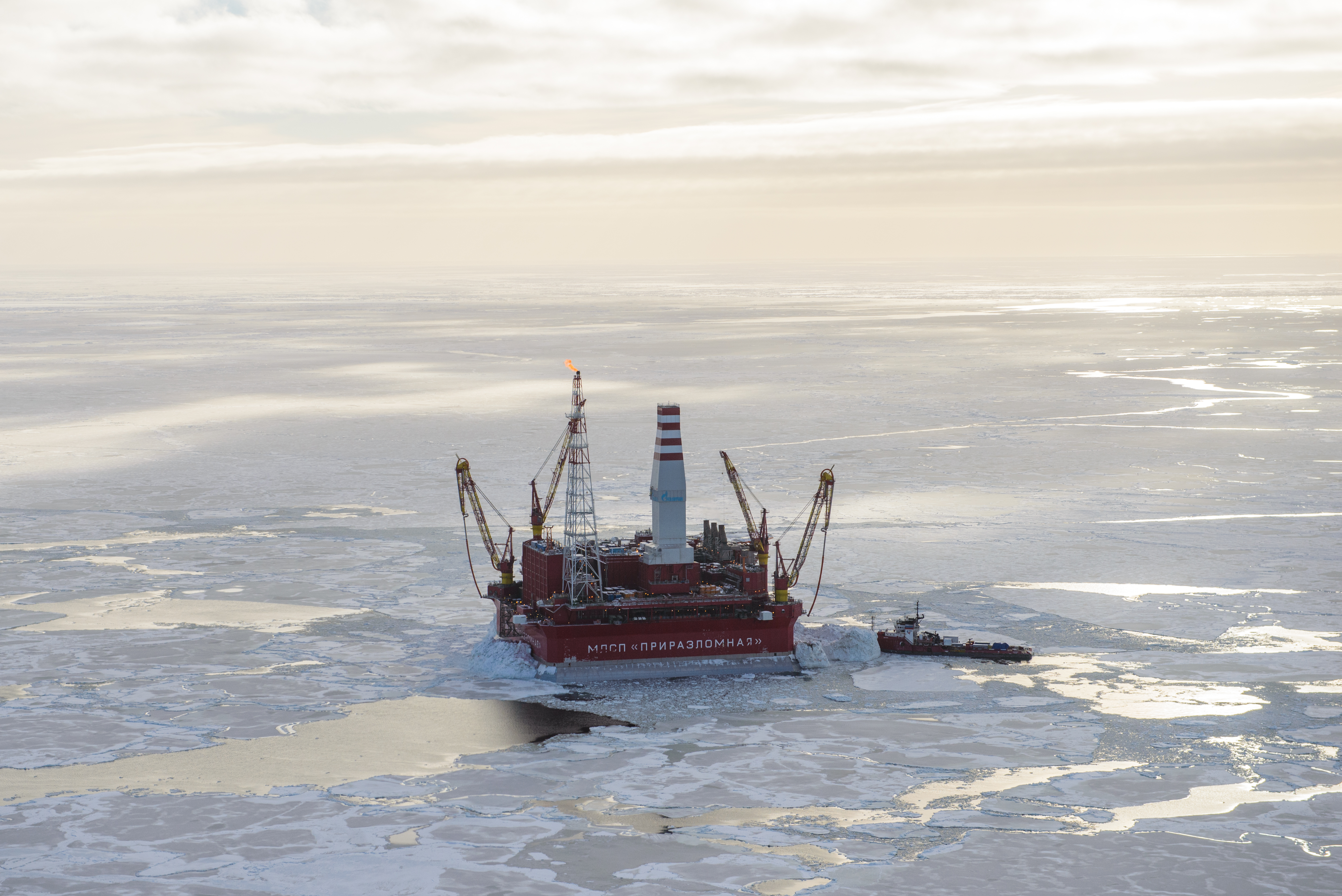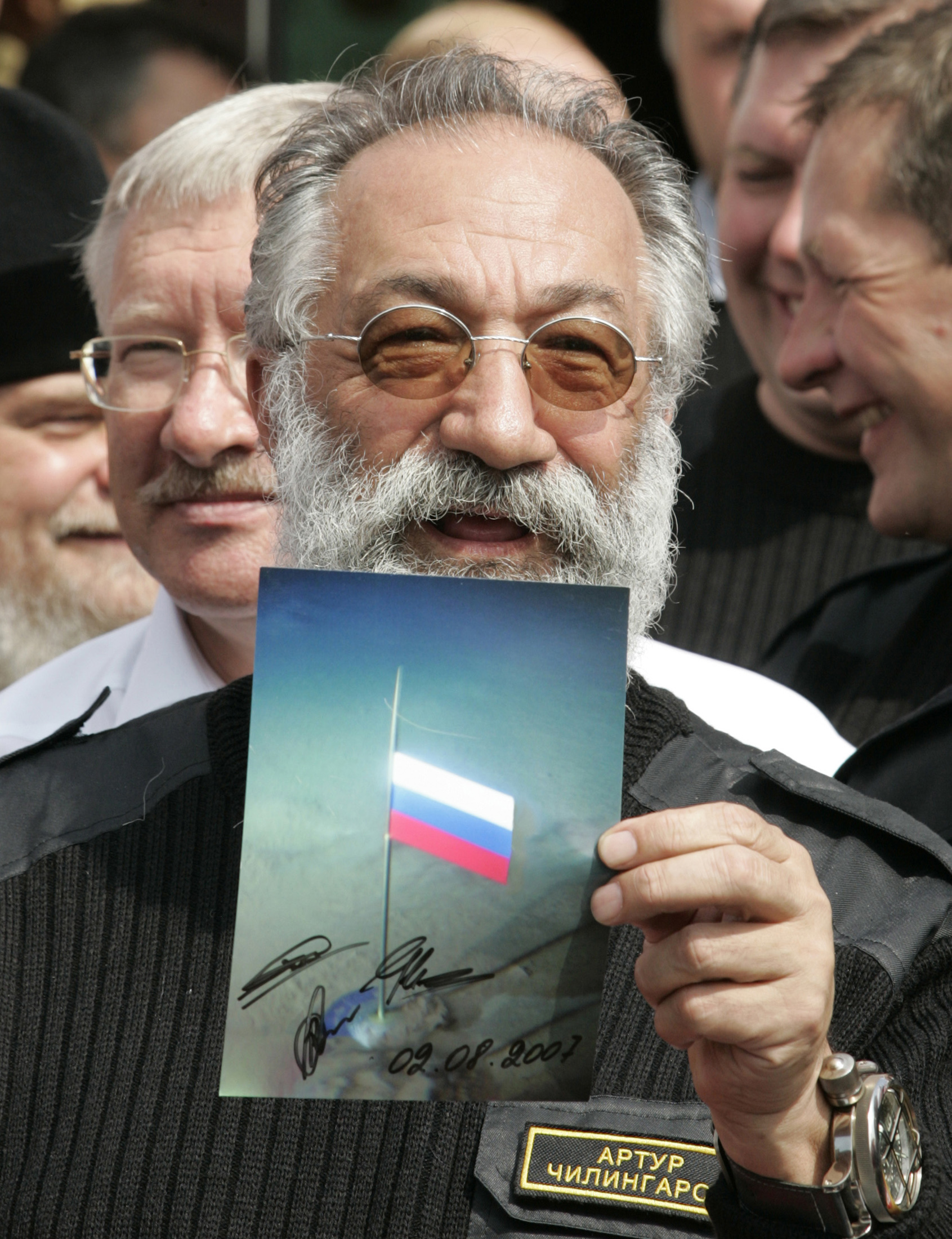Russia gets approval for the data behind much of its Arctic Ocean seabed claim
But the approving recommendations from a UN Commission doesn't settle overlapping claims between Russia, Canada and Denmark/Greenland.

After more than 20 years of extensive diplomacy and expeditions with icebreakers, research vessels and submarines under the polar sea ice, Russia has received approving recommendations of the majority of its claim to the rights to the seabed in the central parts of the Arctic Ocean from the UN’s Commission for the Limitation of the Continental Shelf, the CLCS.
The CLCS, a body under the UN Convention of the Law of the Sea and the prime international authority on the rights of coastal states to the seabed beyond their maritime borders, reached that conclusion on February 6 in New York. Russia’s war in Ukraine has not halted the processing of its claim.
We do not know all the details, but the CLCS has released a 63-page summary. A qualified estimate based on the accompanying maps indicates that Russia has got the CLCS’ approval — or “recommendations” — of data and measurements in support of a claim for approximately 1.7 million square kilometers of seabed in the central parts of the Arctic Ocean. This is an area the size of France, Italy, Germany and Spain combined.
The CLCS’s recommendations of the Russian data and methodology are not the final words in the international discussion on the rights to the Arctic seabed, but the CLCS has now validated the majority of Russia’s claim.
The Russian claim — or “submission” in CLCS terminology — stretches from Russia’s exclusive economic zone in the waters north of Russia across the North Pole until it reaches the exclusive economic zones of Canada and Greenland, which is part of the Danish kingdom.
In the seas north of the Bering Strait and Alaska Russia’s claim stops at a straight line defined by a separate agreement with the U.S. from 1990 which delimits the territorial sea and continental shelf between the two nations.
Only a smaller portion of Russia’s claim, approximately midway between the North Pole and the Russian islands of Franz Josef Land and Novaya Zelma (see map above) was not, at the time of the CLCS final considerations, sufficiently documented in the eyes of the commission. Instead, the CLCS invited Russia to provide additional information, which Russia then did in a partially revised submission on February 14. The CLCS’s processing of this new information is now pending.
Strength and wealth
Russia has not issued any public statement in response to the recommendations from the CLCS, possibly because of the last outstanding issues, but the commission’s conclusions have long been anticipated. For more than two decades the government of president Putin has illustrated a strong interest in these developments.
Through its accumulated claims for some 75 percent of the seabed in the international parts of the Arctic Ocean, including the North Pole and its powerful mythology, Moscow has signaled its perceived strength and robustness to the Russian public and to the world. Several previous leaders of Russia and the Soviet Union have used the conquest of the Russian Arctic for similar projections of power and strength.
Only four days before the announcement of the CLCS’s recommendations of Russia’s claim, Russian President Vladimir Putin headed a discussion within Russia’s Security Council on the Arctic seabed.

Exports of oil and gas from land based or offshore facilities in the Russian half of the Arctic already play a significant role in the Russian economy and for its ability to sustain its military invasion of Ukraine. The vision of still more riches from new parts of the Arctic seabed may possibly help bolster additional faith in the future of the Russia’s government, even if Western geologists have largely dismissed the idea of commercially viable oil and gas in the Arctic Ocean other than in the more shallow waters in the existing exclusive economic zones of Russia and other Arctic states.
Ministers from Putin’s government have attended several of the 30 some meetings held by CLCS and its relevant subcommittee in New York to discuss Russia’s claim.
Meanwhile, parachuting Russian troops have practiced at the North Pole and in 2007 president Putin issued medals when two small Russian submarines planted a Russian’s flag on the seabed at the North Pole some 4,300 meters below the surface. In the run-up to the winter Olympic Games in Russia in 2014, a Russian vessel brought runners and the Olympic Torch Relay to the North Pole, and orthodox priests have also blessed Russia’s Arctic endeavors at the North Pole.

It seems likely, therefore, that Moscow will celebrate the recommendations of the CLCS, and they will most likely be seen as a substantial victory for Russian science and technology.
As the Danish geophysicist Christian Marcussen, a former senior advisor of the Geological Survey of Denmark and Greenland and Project Leader of the Greenland parts of the kingdom of Denmark’s continental shelf project from 2003 to 2015, told ArcticToday: “If I had used decades on this case for Russia, I would call this a really impressive result of my life’s work”.
The contest continues
The CLCS’ recommendations of Russia’s claim should not be misread, however. The broad partial approval of Russia’s claim does not mean that Russia has now won the rights to the disputed parts of the Arctic seabed.
The Kingdom of Denmark (on behalf of Greenland) and Canada have also filed substantial claims with the CLCS and these are still waiting for CLCS evaluation.
Norway has filed claims in other parts of the Arctic Ocean and the U.S. reportedly has prepared, but not yet submitted to the CLCS, claims reaching from the waters north of Alaska towards the North Pole.
The claims of Canada and the Denmark/Greenland both overlap substantially with Russia’s and the UN Convention of the Law of the Sea stipulates that in such cases any disagreement about the final borders will have to be settled by the states themselves.
The CLCS will evaluate whether the claims of each state is supported by sufficient data and correct measurements but the CLCS will not serve as arbitrator, if any other state — say Canada — provides data to prove that the seabed in question connects to its continental shelf in the same way it connects to Russia’s.
“The CLCS in its summary explicitly explains that the CLCS will not determine how the pie should finally be delimited. It does so precisely to avoid misunderstandings,” Marcussen told ArcticToday.
Large overlaps
The Danish Kingdom’s claim to the seabed in the Arctic Ocean amounts to some 895,000 square kilometers. According to the Institute for Border Research at the University of Durham in Great Britain it overlaps with Russia’s claim by some 800,000 square kilometers. Canada’s total claim in the Arctic Ocean amounts to some 2.03 million square kilometers out of which some 1.5 million overlap with the Russian claim.
With the CLCS’ recommendations of Russia’s claim now at hand it seems more likely than ever that Danish, Greenlandic and Canadian diplomats will eventually meet with Russian counterparts to negotiate over very large tracts of seabed.
Previously, some observers have doubted whether the governments involved had sufficient data to substantiate the far reaches of their claims, but this doubt should now be waning.
The CLCS in its evaluation of Russia’s claim seem to accept largely Russia’s use of subsea mountain ranges in the Arctic Ocean as a departure point for its claim, something that has not previously been confirmed. This makes it more likely that large parts of the claims by Denmark/Greenland and Canada will also meet the approval of CLCS.
The CLCS’ decision has reportedly been reached by consensus. To Bjørn Kunoy, a professor of international law and special legal counsel to the foreign service of the Faroe Islands, who has advised Greenland and other states in similar cases, this is noteworthy.
“The conclusions are strengthened by the consensus,” Kunoy told ArcticToday. This will benefit, he finds, all involved as it makes unlikely future challenges to the conclusions.
Kunoy also points towards the time frames involved. Most observers expect that the CLCS will find time to deal with the claim of the Danish Kingdom only by 2032 or later and that Canada will have to wait even longer. Other nations have filed earlier submissions to the CLCS and will be dealt with first.
In the interim, all parties including Russia will have to wait. Despite their largely approving nature, the CLCS’s recommendations of Russia’s claim does not give Russia license to operate on the disputed seabed.
”The point of fact that the submissions of the other contender states will only be considered at a later stage does not in any way challenge their entitlements, also where these will overlap with the area that falls within the entitlement of Russia,” Kunoy explains.
Some observers have speculated that Russia in the coming years of waiting may get so accustomed to regard the dispute as settled in its favor that the final negotiations on the subsea borders will be more difficult.
In the meantime, there are no known indications that Russia will abandon its adherence to the UN rules for peaceful delimitation of the Arctic seabed. Since 2001, Russia has followed the relevant regulations as stipulated by the UN Convention of the Law of the Sea. Moscow has accepted on an ongoing basis the CLCS’ admission of claims to the Arctic seabed by other states and that the CLCS will eventually deal with these as it has now dealt with Russia’s.
This article has been fact-checked by Arctic Today and Polar Research and Policy Initiative, with the support of the EMIF managed by the Calouste Gulbenkian Foundation.
Disclaimer: The sole responsibility for any content supported by the European Media and Information Fund lies with the author(s) and it may not necessarily reflect the positions of the EMIF and the Fund Partners, the Calouste Gulbenkian Foundation and the European University Institute.
